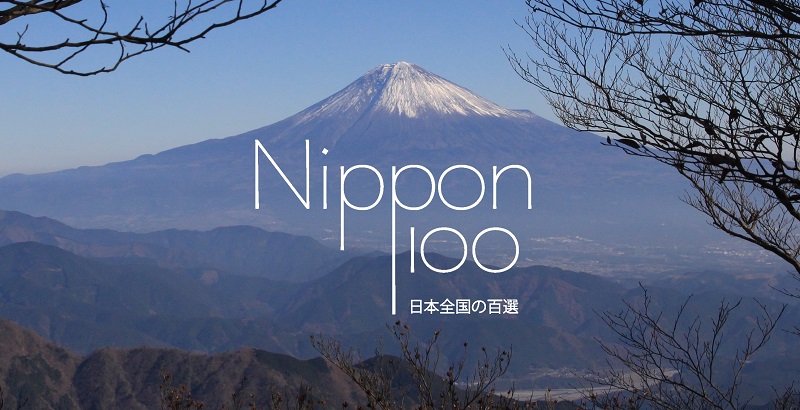There are many clues, for someone eager to find them. But still, many travelers in the city are not aware that Kobe, known for its beef, its port and being severely damaged by the great Hanshin earthquake of 1995, has also been the world capital of pearls processing for about 80 years. Nowadays, 70% of the world production of pearls is traveling through the Kansai city at one point or another. A luxurious industry that we had the chance to explore recently, and that every visitor is able to discover while visiting the Kobe Pearl Museum.
The line is to be found everywhere – “Pearl city Kobe” or “Kobe the capital of pearls” – in the front page of touristic brochures, under local logos or even in the streets of the Former Foreign Settlement. But these same brochures are not explaining much about pearls, so the nickname often seems to be a former marketing statement, a reference to the sparkling beauties of Kobe seen from the top of Mount Rokko, or to its elegant history. Without more meaning.
But that would be a mistake not to try to understand more, and finally learn the reason behind the label and the Akashi Pearl Bridge’s name. As did Toba women in the past to pick up the pearl oysters, one should dive deeper to catch more details, like the small pearls on the officials’ lapels or around the neck of the local TV hostess. There are many authentic pearls in Kobe but as often in a luxury industry, they are discreet.




Pearl history is deeply related to Japan, where the first cultured pearls appeared at the beginning of the 20th century, after the many experiments of Kokichi Mikimoto. That did not happen in Kobe but not very far from the city, in Mie prefecture, where akoya oysters were used in the 1920s to produce the first homonym pearls. And at the time, the local pearl fishermen were already used to sell their treasures to the foreign resident of Kobe, whose wealth was often far greater than the Japanese one.
More than that, among the five ports that were opened to international trade during the first years of Meiji era (1868-1912), Kobe was the one where relations between locals and foreign residents were the deepest – mainly because foreigners were able to live in an area shared with Japanese. These numerous contacts allowed sexchanges and while the foreign resident were willing to spend their money, Kobe’s long-term inhabitants were the first in Japan to enjoy bread, coffee and to discover golf.
The fishermen families from Mie then moved to Kitano, North of Kobe, to sell the pearls they were able to gather. And when cultured pearls appeared, the area – also blessed by a great natural light – remained active in that field. And many pearls processing shops thus opened in Kitano. “They are still about 200 of them in the area”, Yoshihiro Utsumi, the president of the Japan Pearl Exporters’ Association, describes. “But most of them are not advertised on the streets. They do not need it !”
It’s on this part that Kobe really is a “pearl city” or even “the capital of pearls”. Everything began with Yasuie Todo in the 1920s. After several years of attempts to remove the blemishes from imperfect pearls, the Shikoku-born merchant finally succeeded using oxyfluorfen. His shop was the first to open in Kitano.


 |
 |





 |
 |

As shown in the above pictures, we had the chance to visit three workshops and retailers in Kitano area. But as these places are mostly opened for the customers (we were there on a Fam trip), the best to learn about that exciting history is to visit the dedicated museum – Kobe Pearl Museum in the Former Foreign Settlement.
The concrete building and its huge windows on the 4th floors is a very special one, related to this part of Kobe’s rich history. Opened in 1952, it became the headquarters of the powerful Japan Pearl Exporters’ Association in 1956. Its main task – and thus the purpose of the building and its large windows made to catch the natural light – was to control the Japanese pearls quality before their exportation and to deliver with each one of them a certificate of quality.


The building by itself, which will be renovated soon, is a standing proof of the prominence of pearl industry in the Post-war Japan. The Pearl Center was among the first to feature electrical roller blinds – something the 1950s Japanese newspaper were eager to relate. Nowadays, several rooms on the first floors allow to understand every aspect of the history of pearls, with several artifacts and a convenient English brochure.


 |
 |


Nowadays, Kobe’s expertise on pearls processing is still something, with about 70% of the pearls exchanged worldwide will eventually make a stop in Kobe city. A discreet yet fascinating aspect of Kobe which might be explore all year round (during Kobe Luminarie for example, as we did). But there are many other reasons that justify to visit the Kansai city where a surprisingly small number of travelers are stopping !


How to get there?
Kobe is really easy to reach, about 30 minutes from Osaka using local trains (precisely 27 minutes from Umeda station to Sannomiya, directly in the city center). Using the shinkansen, the journey is even faster, with Shin-Kobe station being only a few minutes after Osaka station for trains going towards Hiroshima. From Tokyo, the train ride is about 2 hours 40 minutes to 3 hours and costs 15.000 yen.

